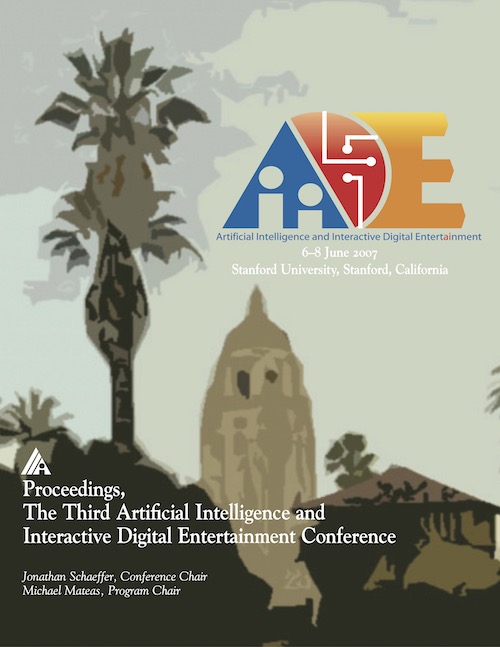Player Autonomy versus Designer Intent: A Case Study of Interactive Tour Guides
DOI:
https://doi.org/10.1609/aiide.v3i1.18795Abstract
We explore the tradeoff between player autonomy and designer intent by simulating a system of autonomous museum tour guides. Visitors may have different art preferences or may wish to visit different exhibits on multiple visits. Often, these desires conflict. For example, visitors may wish to see the museum's most popular work, but that could cause congestion, ruining the experience. Thus, our task is to build a set of guides that can satisfy their visitors' goals while also providing quality experiences for all. We present the results of a case study indicating that there is a space in the design spectrum between fully author-controlled narrative and complete player autonomy that reduces the frequency of bad experiences while allowing visitors to realize their own goals.

